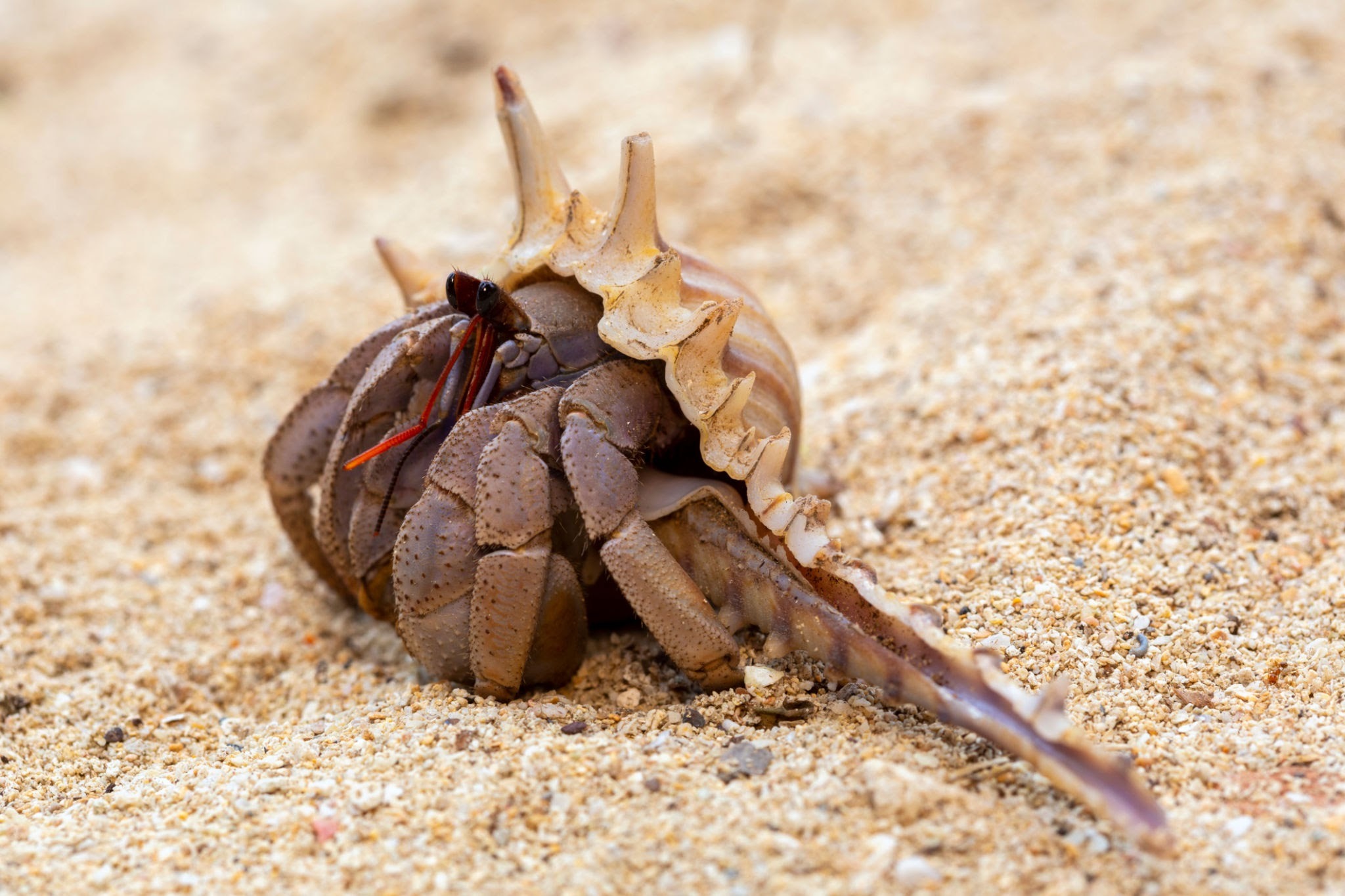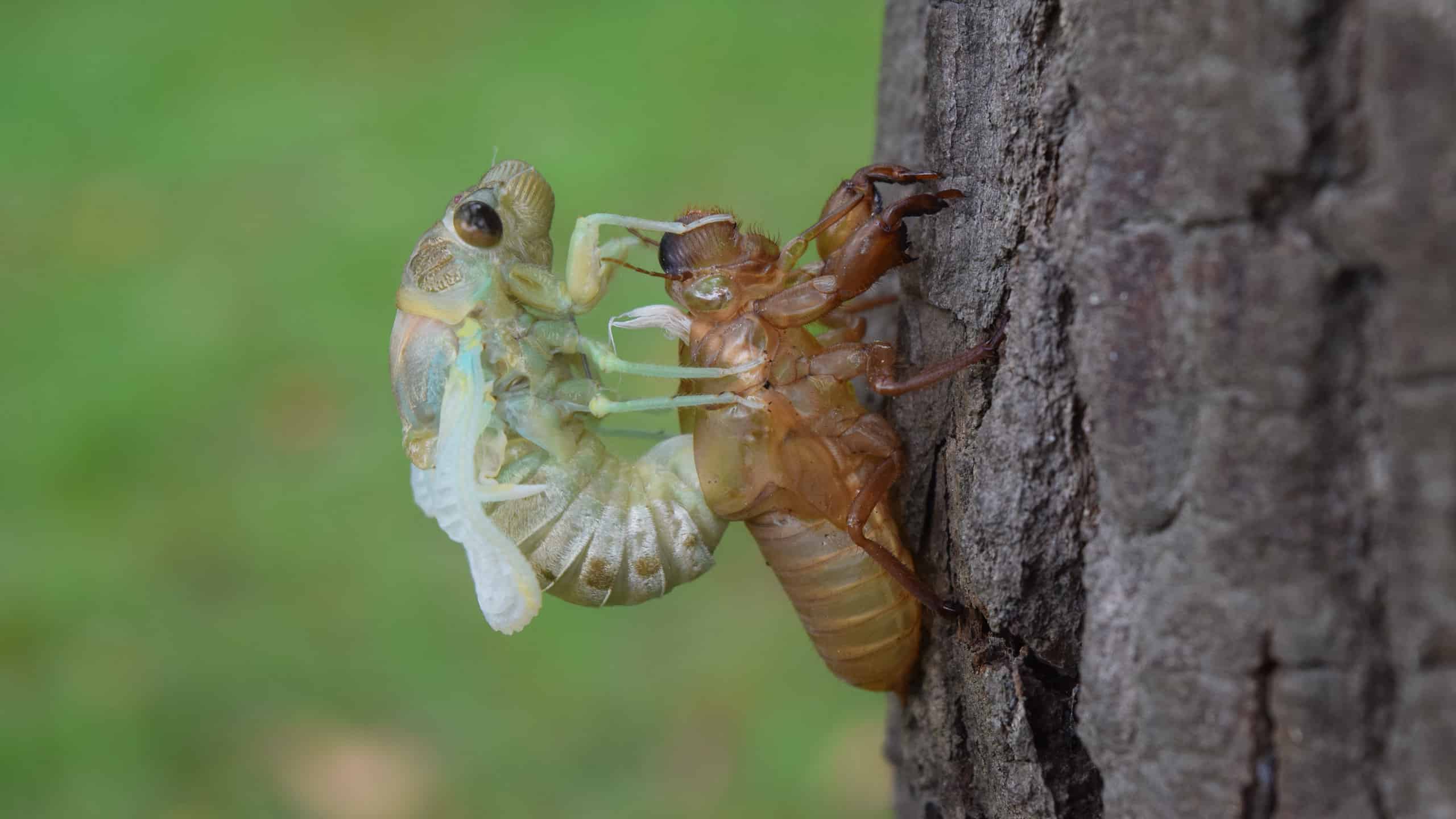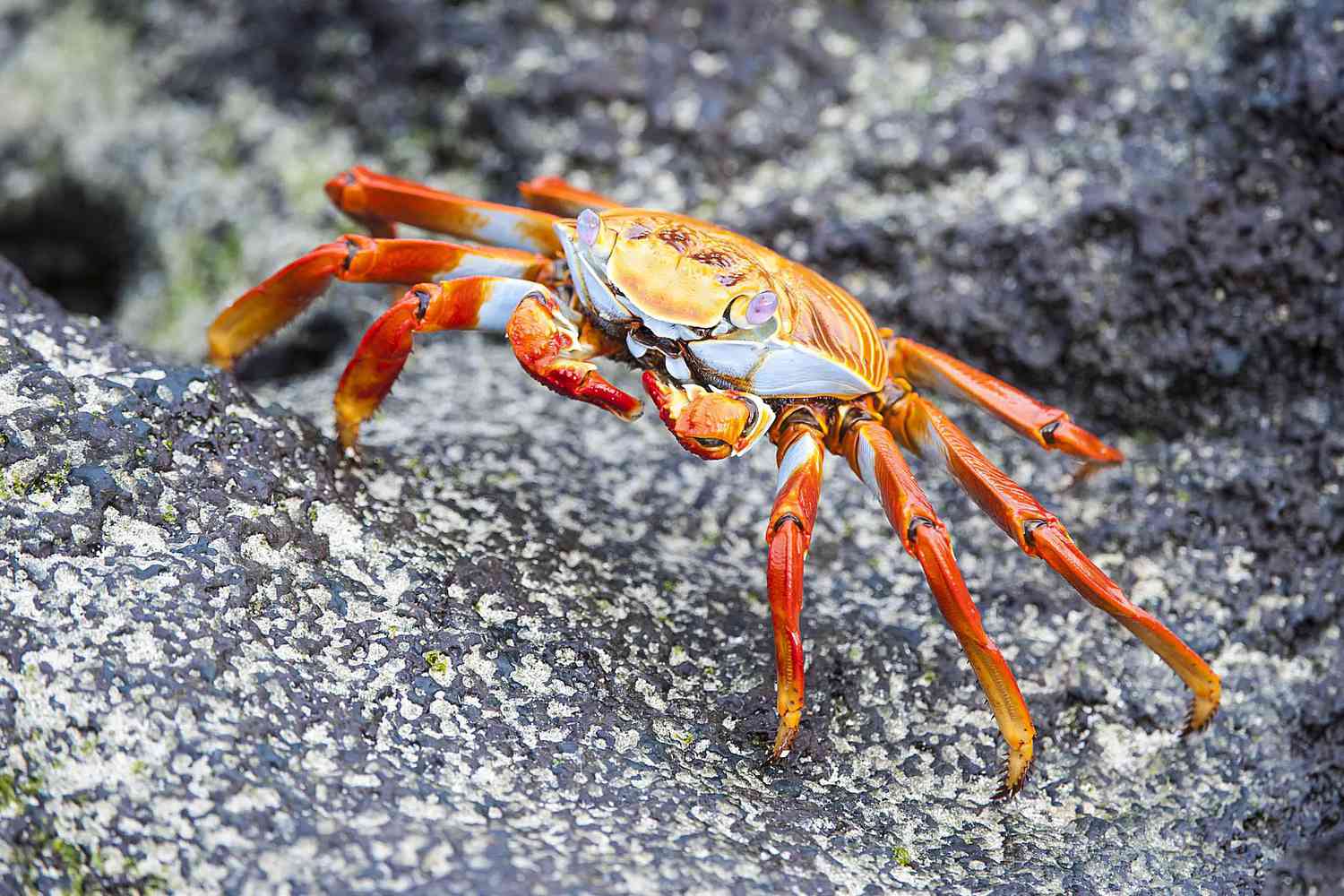An exoskeleton is a hard outer shell that provides support and protection for many animals. The exoskeleton can also be used for defense against predators or to help the animal catch its prey. Many animals have exoskeletons, but some of the most well-known groups include insects, crustaceans, arachnids, mollusks, centipedes, and millipedes.
Invertebrates make up the majority of animals with exoskeletons, and arthropods make up almost three-quarters of all creatures on Earth. Insects are the largest group of animals with exoskeletons, and their exoskeletons are made of a substance called chitin.
You are reading: The Top 5 Groups Of Animals With Exoskeletons
Crustaceans, arachnids, and some mollusks also have exoskeletons made of chitin, while other mollusks have exoskeletons made of calcium carbonate. Centipedes and millipedes have exoskeletons made of proteins, minerals, and carbohydrates.
In this article, we will explore the top 5 groups of animals with exoskeletons in more detail.

The Top 5 Groups Of Animals With Exoskeletons
Insects

Insects are the largest group of animals with exoskeletons, and their exoskeletons are made of a substance called chitin. The exoskeleton of an insect serves multiple functions, including:
– Protection: The exoskeleton acts as a hard outer casing that supports and protects the insect’s internal organs. It offers defense against predators, parasites, and excessive water loss or gain.
– Muscle attachment: The inner surface of the insect’s exoskeleton serves as a site for muscle attachment, allowing for movement and locomotion.
– Water-tight barrier: The multi-layered structure of the exoskeleton, including the epicuticle and procuticle, helps prevent water loss through its waxy composition.
– Sensory interface: The exoskeleton also functions as a sensory interface with the environment, allowing insects to interact with their surroundings.
Insects have joints, or bendable sections, in their exoskeletons, which enable them to move easily. They also have small breathing holes called spiracles, which allow for gas exchange. As insects grow, their soft inside parts expand, while their exoskeletons do not. To accommodate this growth, insects undergo a process called molting, where they shed their old exoskeleton and form a new one.
Crustaceans

Crustaceans are a group of arthropods that include crabs, lobsters, shrimp, and others. They have an exoskeleton made of chitin and proteins that protects them from drying out and provides a hard framework to which their muscles attach.
The exoskeleton is divided into four layers: the epicuticle, exocuticle, endocuticle, and the membranous layer. Crustaceans have an open circulatory system, meaning that their blood is not contained within vessels, but instead is drawn into the heart through holes called ostia, then pumped out again to circulate through the tissues and return to the heart.
Like other arthropods, crustaceans must molt or shed their exoskeleton to grow. Crustaceans play many roles in aquatic ecosystems. The planktonic forms, such as copepods and krill, graze on microscopic plants floating in the sea and in turn are eaten by fishes, seabirds, and whales.
Benthic crustaceans are a food source for fish, and some whales feed extensively on benthic amphipods.
Arachnids
Arachnids are a diverse group of arthropods that include spiders, scorpions, mites, and ticks, among others. They are characterized by their eight legs and two body regions: the cephalothorax (prosoma) and the abdomen (opisthosoma).
Arachnids do not have antennae or wings, which distinguishes them from insects. They have a tough exoskeleton, segmented bodies, and jointed appendages, like all arthropods. Arachnids play various roles in ecosystems, from predators to disease vectors.
– Spiders: There are approximately 3,700 known species of spiders. They are known for their ability to spin silk and create intricate webs to catch prey. Spiders inject digestive enzymes into their prey and then suck out the liquefied contents.
– Scorpions: Scorpions are relatively large arachnids with four pairs of legs, large claw-like pedipalps, and a five-segmented abdomen with a sting on the distal end. They use their venomous stings to subdue prey and for defense.
– Mites and Ticks: Mites and ticks are small arachnids that belong to the subclass Acari. Some species of mites and ticks are of economic importance as they can transmit diseases to humans, animals, and plants.
– Harvestmen: Harvestmen, also known as daddy longlegs, are long-legged arachnids that are not true spiders. They are scavengers and feed on dead plant and animal matter.
– Pseudoscorpions: Pseudoscorpions are tiny arachnids that resemble scorpions but do not have a stinger. They are often found in leaf litter and feed on small insects and mites.
Mollusks
Mollusks are a diverse group of invertebrate animals that belong to the phylum Mollusca. They are the second-largest phylum of invertebrates after arthropods, with around 85,000 extant species recognized and an estimated 60,000 to 100,000 fossil species.
Read more : Top 9 Animals That Burrow Underground
Mollusks have more varied forms than any other animal phylum, and they include snails, slugs, and other gastropods; clams and other bivalves; squids and other cephalopods; and other lesser-known but similarly distinctive subgroups. The majority of mollusk species still live in the oceans, from the seashores to the abyssal zone, but some form a significant part of the freshwater fauna and the terrestrial ecosystems.
Mollusks have a soft body that is usually enclosed in a calcium carbonate shell secreted by a soft mantle covering the body. The shell-less Caudofoveata, the narrow-footed gliders (Solenogastres), the serially valved chitons (Placophora or Polyplacophora), the cap-shaped neopilinids (Monoplacophora), the limpets, snails, and slugs (Gastropoda), the clams, mussels, scallops, oysters, shipworms, and cockles (Bivalvia), the tubiform to barrel-shaped tusk shells (Scaphopoda), and the nautiluses, cuttlefishes, squids, and octopuses (Cephalopoda) are some of the groups of mollusks.
Centipedes and Millipedes
Both centipedes and millipedes are part of the larger group of arthropods, which are invertebrate animals with exoskeletons and segmented bodies.
While they share some similarities in terms of their exoskeletons, there are also notable differences between the two groups.
Centipedes:
– Centipedes have a long, flattened body with one pair of legs per body segment, and they can have anywhere from 15 to 177 pairs of legs, depending on the species.
– Their exoskeleton is hard and provides protection, but it is also flexible, allowing for quick and agile movements.
– Centipedes are known for their speed and toxicity. They use their venomous bite, as well as their long back legs, to subdue prey and defend themselves.
– In some cases, centipedes can “drop” legs held by a predator and run away, similar to certain insects, crabs, and lobsters.
Millipedes:
– Millipedes have a rounded body with two pairs of short legs on each body segment. They can have anywhere from 30 to 400 legs, depending on the species.
– Like centipedes, millipedes have a hard exoskeleton, but they are generally slower and less toxic than their centipede counterparts.
– Millipedes are not capable of “dropping” legs as a defense mechanism, but they can curl up into a tight ball to protect their soft undersides.
In summary, both centipedes and millipedes have exoskeletons that provide protection and support, but centipedes are generally faster, more toxic, and have fewer legs per body segment compared to millipedes.
FAQS
1. What is an exoskeleton?
An exoskeleton is a hard outer shell that provides support and protection for many animals. It can also be used for defense against predators or to help the animal catch its prey.
2. What are some examples of animals with exoskeletons?
Some examples of animals with exoskeletons include insects, crustaceans, arachnids, mollusks, centipedes, and millipedes.
3. What is the exoskeleton made of?
The exoskeleton is made of different materials depending on the animal. For invertebrates, the shell consists of proteins, minerals, and carbohydrates. The exoskeleton of mollusks is a calcium carbonate shell, while the exoskeletons of arthropods are made of chitin.
4. How do animals with exoskeletons grow?
Animals with exoskeletons grow by molting or shedding their old exoskeleton and forming a new one. This process is called molting.
5. What are some functions of the exoskeleton?
The exoskeleton serves multiple functions, including protection, muscle attachment, water-tight barrier, and sensory interface with the environment.
6. What are some differences between centipedes and millipedes?
Centipedes have one pair of legs per body segment, while millipedes have two pairs. Centipedes are predatory and mostly eat insects, while millipedes feed on decomposing plants. Centipedes can bite and run away quickly, while millipedes coil up and release a smelly secretion as a defense mechanism.
Source: https://petstutorial.com
Category: Animals










